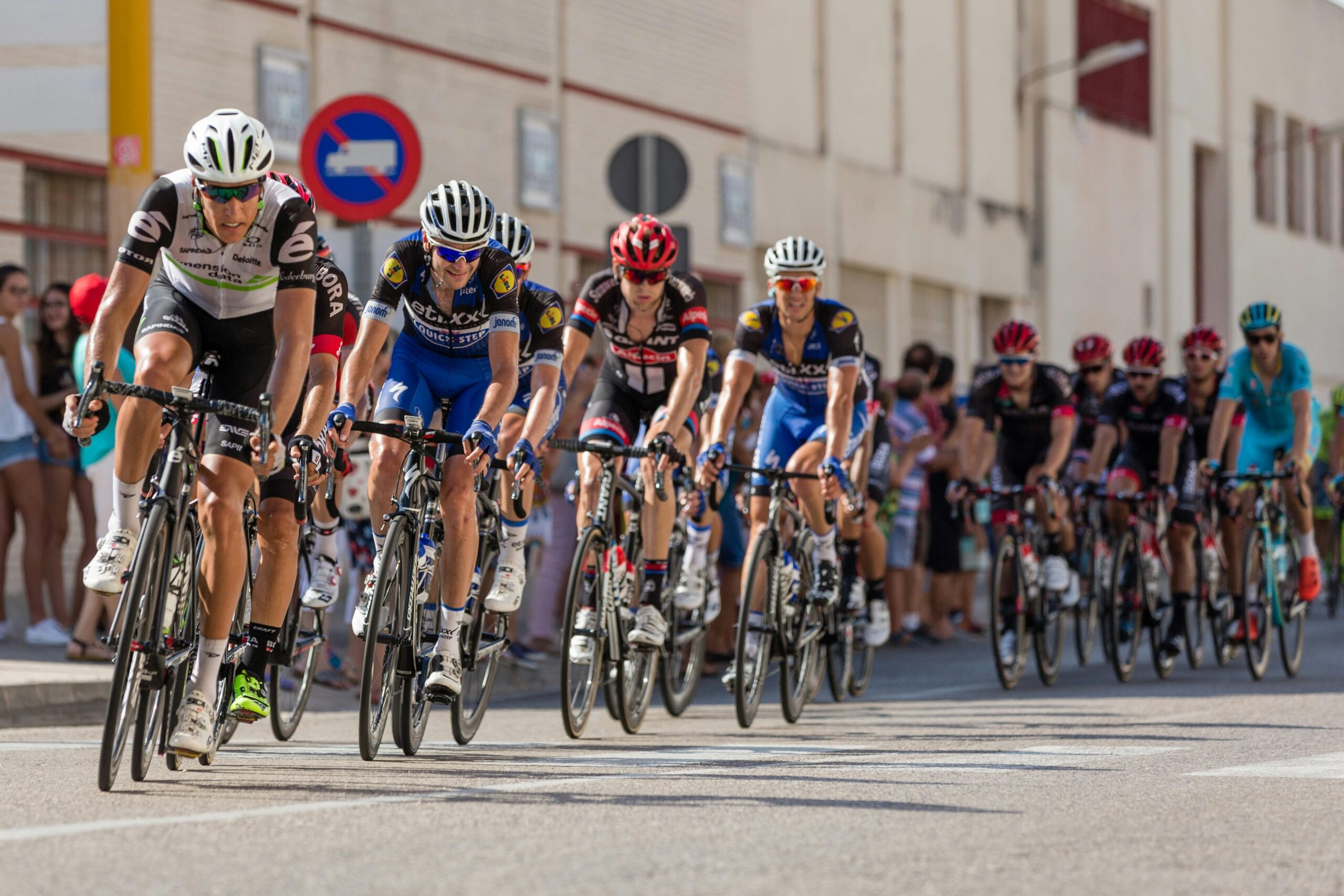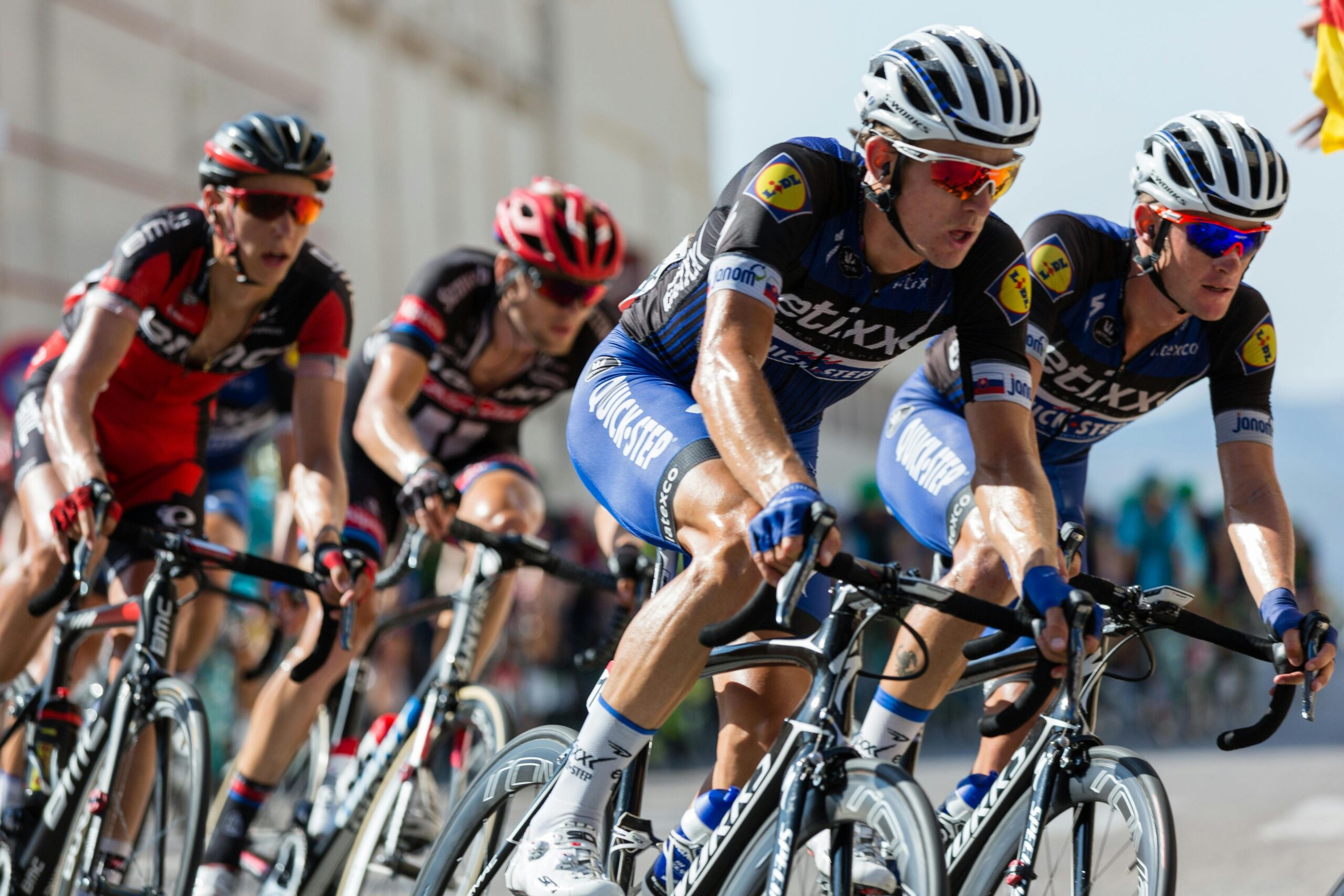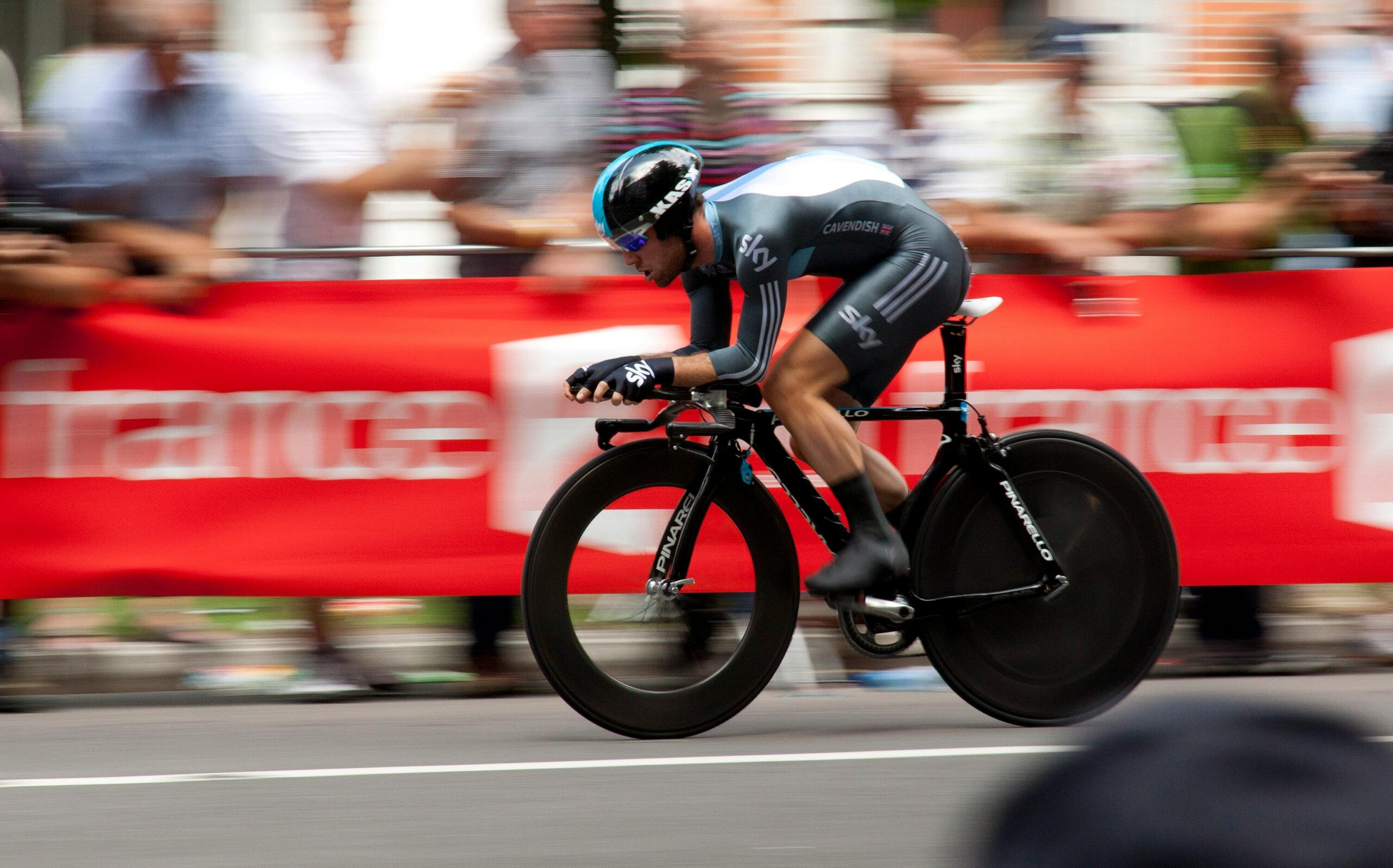Cycling, a sport hailed for its rejuvenating blend of fitness, adventure, and environmental friendliness, often swoops under the radar amid the ever-popular mainstreams like football and basketball. Yet the world of cycling is vast and vibrant, stretching from leisurely family rides in the park to grueling multi-day races that test the limits of human endurance. In recent years, especially with a growing global consciousness about sustainable living and health benefits, cycling is witnessing a resurgence, both as a competitive sport and a recreational activity. This blog delves into the multifaceted universe of cycling, exploring its history, psychological and physiological benefits, and its burgeoning global appeal.
The origins of cycling date back to the early 19th century when the invention of the bicycle marked a significant shift in transportation, offering an efficient alternative to horse-drawn carriages. It wasn’t long before competitive cycling emerged, with the first recorded race happening in France in 1868. The heart of competitive cycling lies in events like the Tour de France, a quintessential test of skill and endurance across the picturesque yet punishing landscapes of France. Established in 1903, this race captures the world’s attention annually with its blend of tradition, athleticism, and sheer spectacle.
The evolution of cycling as both a sport and leisure activity has been remarkable, closely intertwined with technological advancements. Today’s bicycles are not only lightweight but aerodynamically optimized, thanks to cutting-edge materials like carbon fiber and that game-changing electric assistance offered by e-bikes. These innovations have made cycling accessible and appealing to a broader demographic, attracting everyone from young children to seniors.
Advancements in gear have also emerged from a relentless pursuit of performance, durability, and comfort—each an integral component for enhancing the cycling experience. The competitive arena has seen technology woven seamlessly into sportswear, where aerodynamics meets fashion in sleek cycling jerseys crafted to reduce drag and increase speed. Moreover, helmets now offer unparalleled safety with MIPS (Multi-directional Impact Protection System) technology, acclimating to various angles of impact.
Physiologically, cycling is a boon to the body. Engaging major muscle groups, particularly the quadriceps and hamstrings, it fosters significant cardiovascular improvement. Regular cycling has been linked to increased aerobic capacity and reduced risks of cardiovascular diseases. The low-impact nature of the sport makes it particularly appealing to those looking to reduce stress on their joints and bones compared to higher impact sports like running. The Surgeon General of the United States has acknowledged cycling as a strong preventive measure against lifestyle-related illnesses such as obesity and diabetes.
Psychologically, cycling has been shown to enhance mental health significantly. The endorphin release during cycling diminishes stress and anxiety, contributing to improved mood and mental clarity. The meditative rhythm of pedaling along with the visual feast of passing scenery can offer a unique mindfulness experience, reducing depression and fostering a positive outlook on life.
The surge in urban cycling is not simply a response to increased awareness of personal health benefits. It’s part of a larger move towards eco-friendly commute solutions. Cities like Copenhagen and Amsterdam have long been hailed as pioneers in this regard, weaving intricate web-like networks of cycle paths encouraging citizens to choose bicycles over cars. Annotated statistics reflect Copenhagen’s cycle-friendliness, where more than sixty percent of its commuting populace cycles, significantly reducing their carbon footprint and traffic congestion. Initiatives and infrastructure in such cities are paving the way for other metropolises that aim to decongest their streets and clean their air.
The global appeal of cycling extends beyond just its scenic cityscapes and enduring races. Organizations like the International Cycling Union (UCI) have broadened the horizons of the sport by introducing fresh race formats and global championships. In addition to upholding timeless contests, they have ventured into promoting off-road racing, BMX, and mountain biking competitions, which bring their flair and challenges. The Olympics have also made room for diverse racing disciplines, hinting at cycling’s expansive reach in competitive sports.
While cycling captures the zeitgeist for its health benefits, environmental impact, and urban mobility solutions, its culture is deeply embedded in community and connectivity. Cycling groups mushroom globally, uniting people through shared experiences and collective challenges. These communities often organize charity rides, bringing attention and resources to various social issues and fostering unity among riders.
The digital age has further transformed cycling through the integration of apps and online platforms, such as Strava, Zwift, and Peloton. These platforms allow cyclists to track progress, set goals, and participate in virtual races with global participants, expanding the cycling community into an interconnected digital network. This tech-driven evolution encapsulates the modern cyclist, one who seamlessly transcends local terrains and integrates into a globally competitive stage.
In conclusion, cycling isn’t just a sport; it’s a lifestyle that harmoniously blends personal well-being, environmental consciousness, and bridging communal bonds. As we propel into an era where sustainability and health prevail as critical societal goals, cycling stands at the podium as an exemplar sport that effortlessly marries tradition with modernity. Whether you’re an adrenaline-seeking racer, a casual rider exploring countryside trails, or a commuter battling the urban jungle, cycling offers a unique, enriching experience for everyone. So, hop on your bicycle, feel the wind in your hair, and pedal towards a future that embraces “fitness in motion.”
Share this post with your friends and family!


